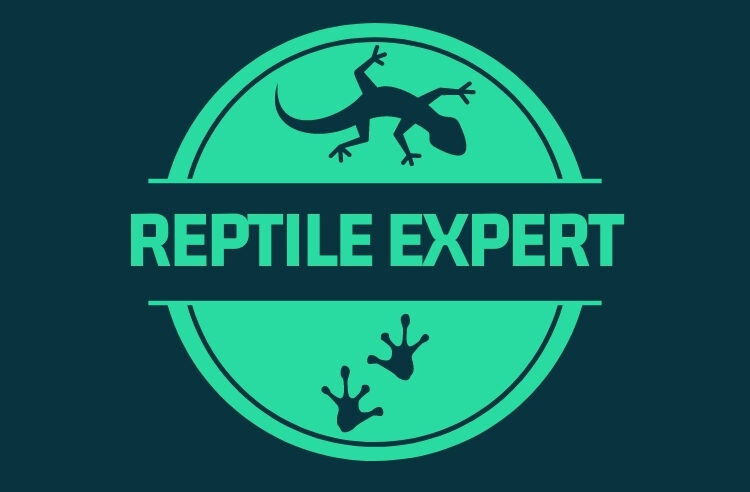Leaving aside the debates about whether at least some of the dinosaurs were really warm-blooded, modern-day reptiles are certainly not, relying instead on their external environment to regulate their bodily temperature.
That hardly comes as news to any reptile fan, but what we often forget is that there is more to the business of thermoregulation than simply a daily routine of basking and hiding – and it comes with a whole set of jargon entirely of its own.
Cold Blooded Limits
Warm-blooded animals such as mammals and birds – known to biologists as endotherms or homeotherms – generate their own metabolic heat, which allows them to keep their body temperatures fairly constant, irrespective of what is going on around them. It is, of course, the key to their ability to survive as a group from the poles to the equator.
By contrast, to allow their normal bodily functions – respiration, digestion, sloughing and so on – to go ahead as normal, our cold-blooded friends, termed poikilotherms or ectotherms, need to achieve the same thing by carefully managing their time in the sun. This is, obviously, what all that basking is about, but there’s a bit more to it than perhaps meets the eye – and it equally explains why today’s reptile species are largely concentrated in the warmer regions of the globe!
Towards Optimum
Although Britons venturing to such places from our rather more chilly climes can be forgiven for thinking otherwise, there are temperatures that even reptiles find too hot. Known as the voluntary maximum, once this temperature is exceeded, the animal will be forced to shade, or shelter.
On the other hand, the voluntary minimum is the lowest that a reptile can withstand without having to either seeking out sunlight to bask in, or finding suitable accommodation for hibernation. The precise temperatures depend on the species, and there is some variation in tolerances between individuals, but it is these upper and lower points which dictate where reptile species live in the wild and in captivity define the optimum temperature range for keeping them in good health.
More Than Just Basking
Thermoregulation isn’t however, all about warming up and reptiles have developed a range of ways to help themselves cool down, without the ability to sweat that helps humans do the same thing. Some of these are fairly simple things like moving into shade or taking a quick dip in the water, for instance, but others involve more complex behavioural approaches such as the open-mouthed gaping of crocodilians and the two-legged running of Frilled Dragons (Chlamydosaurus kingie) on hot days. While it might appear at first glance that going for a run is probably a better way of getting hot rather than cooling down, what the animal is actually doing is generating its own mini-breeze – and losing body heat in the process.
Even amongst those reptiles where warming up is typically more of a problem that staying cool, evolution has produced some unusual ways to do it. The endangered Bailey’s snake (Thermophis baleyi ), for example, is found in the high mountains of Tibet – possibly a world record for altitude, and arguably the least most snake-friendly habitat – surviving by living close to the warmth of natural hot springs. Some of the other methods used by reptiles in this region to thermoregulate still remain a mystery. The four-inch Tibetan Bow-fingered gecko ( Cyrtodactylus tibetanus) is a prime example; no one is entirely sure how it remains active at night when the temperature plummets to below 4 degrees C and keeps its own body around 6 degrees warmer!
Benefits of Being Big
One much larger animal that also manages to keep its body temperature significantly higher than its surroundings is the Leatherback turtle (Dermochelys coriacea) – so much so that visits from this huge marine reptile are surprisingly common around parts of our own coasts. The largest of all the turtles – and only beaten into fourth place amongst living reptiles by three species of crocodilian – it is the creature’s great size that enables it to survive in waters as much as 18 degrees C colder than itself.
It is certainly tempting to think that the dinosaurs might, after all, have simply been using the very same trick.
